Carbon dioxide is rarely a factor in most fish only aquariums. Where it is slightly important in a fish only aquarium is in the consideration of pH. The various relationships of carbon dioxide in the aquarium is a very convoluted chemical dissertation best left to the obsessive compulsive among us. Read on only if you are a real nerd (like the author).
Carbon Dioxide Relationships in the Aquarium in Depth
Carbon dioxide makes up only 0.04% of the gases in the atmosphere. When the water in a aquarium is aerated this small amount of carbon dioxide dissolves into the water as the gas CO₂. It is a firmly held belief in the aquarium hobby that this CO₂ combines with water to form “H₂CO₃” or “carbonic acid”.
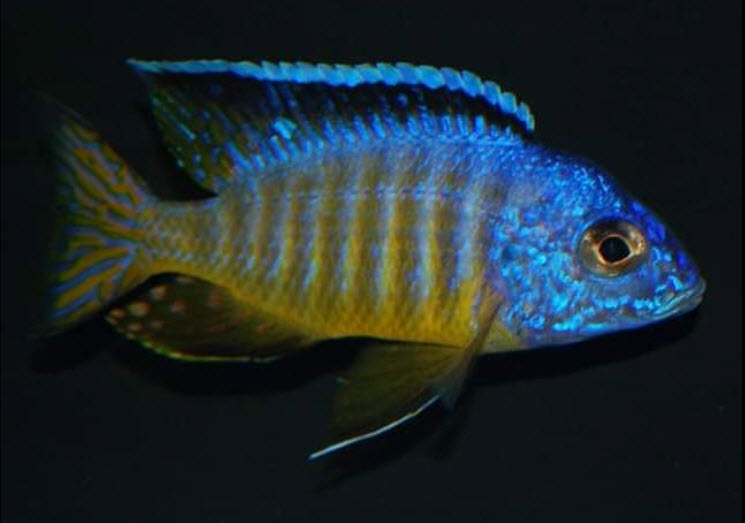
Note that, in truth, H₂CO₃, or “carbonic acid”, is not a “real” compound. Many make the error of assuming this “carbonic acid’ is a weak acid, and does not ionize to a great extent, remaining largely H₂CO₃. The truth of the matter is that there are no H₂CO₃ molecules in aqueous solution. They don’t exist. What we call “carbonic acid” is CO₂ dissolved in pure water in equilibrium with slight amounts of H⁺ and HCO₃⁻.
CO₂ + H₂O <==> H
A small Ka means that the equilibrium lies far to the left, and that almost all the CO₂ stays CO₂ and certainly doesn’t form molecular H₂CO₃. If the water in which the CO₂ is dissolved is NOT distilled and has a somewhat high pH (say 7.5) then the excess OH⁻ will combine with the CO₂ to form HCO₃⁻ salt. Above 8.0 pH the excess OH– will combine with the HCO₃⁻ to form H₂O and CO₃⁻² Salts. These reactions are what makes the carbonate and bicarbonate salts “buffers”.
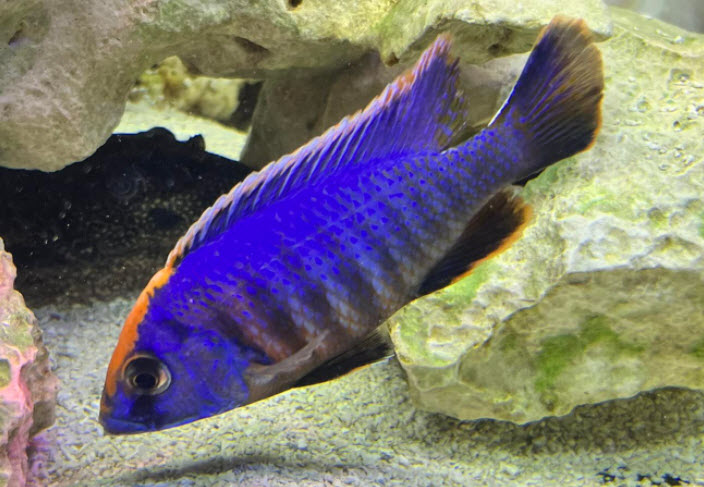
This complicated relationship is shown by what is known as a Bjerrum plot:
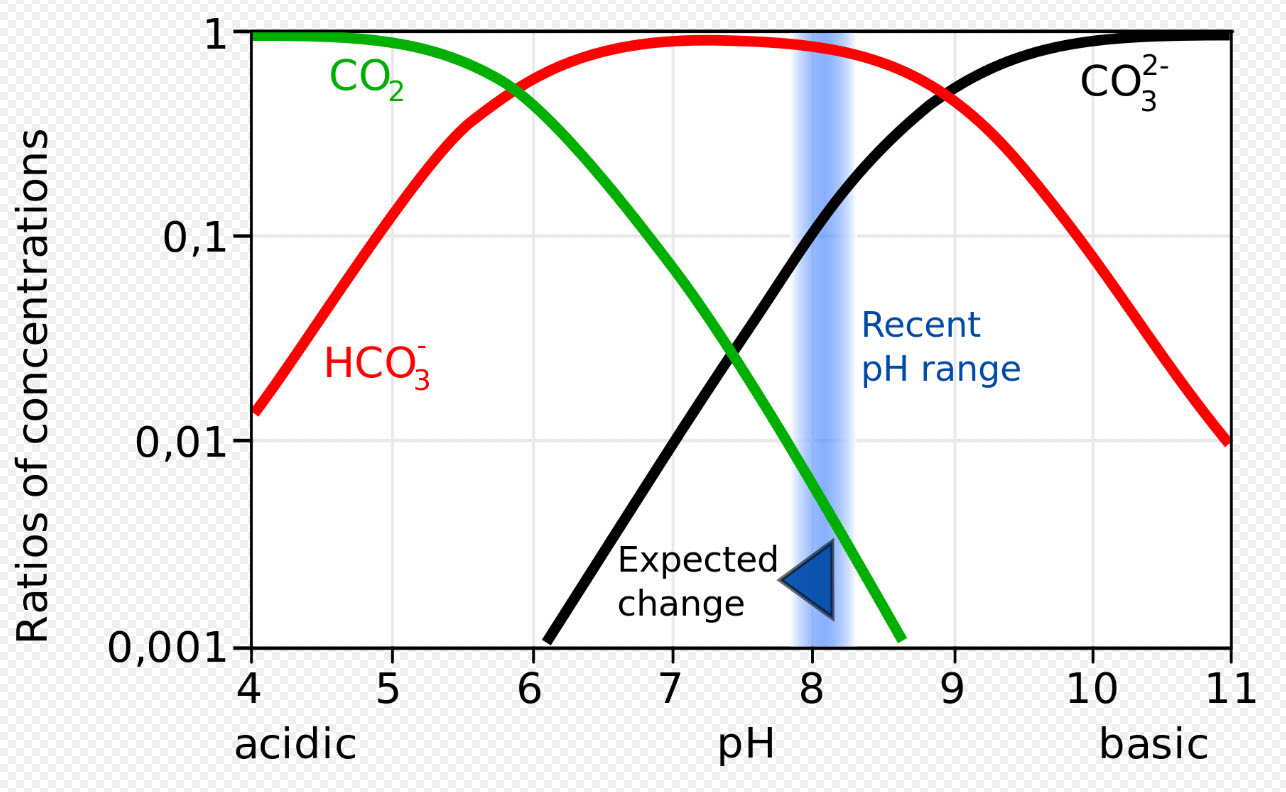
Note that the scale on the left side is logarithmic.
When CO₂ dissolves in water the small amount of H⁺ formed does drop the pH but it doesn’t do it very much (newsflash: because pH is logarithmic around 7.0 a pH drop from 7.5 to 6.5 is a VERY, VERY small difference in amount of H⁺). And if there is a high pH like 8.5 from carbonate ions then the carbonate ions will “buffer” (i.e. remove) the H⁺ ions of the CO₂ acidification by forming water and bicarbonate.
As a result, ONLY carbon dioxide dissolved in pure water does NOT buffer in any way. Only a carbonate salt or bicarbonate salt will buffer. These salts include calcium carbonate (limestone) and sodium bicarbonate (baking soda).
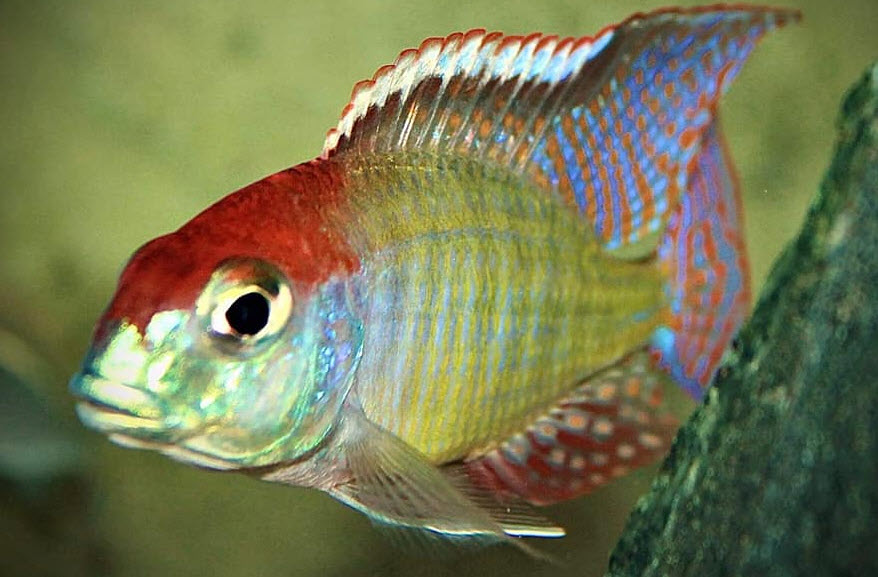
This association goes back and forth constantly with fish respiration, photosynthesis, and aeration. This can move the pH of the water from 6.0 to 8.5 and back again in hours. In a pond in nature, at 2 PM on a sunny day, the water can be 8.8 pH. By 6 AM the water can be 6.5 pH. (Wurts and Durborow, University of Kentucky, 1992, Masser, Texas A&M University, 2012). Planted aquariums or even aquariums with a lot of algae in them can have the same pH swings.
Pure water (so-called triple distilled water) with no gas dissolved in it has a pH of 7.0. Leave this pure water open to the atmosphere for three days and the pH can go down to 6.8 because of the absorption of amounts of carbon dioxide from the atmosphere. Carbon dioxide in pure water will stabilize at about 2-3 ppm of carbon dioxide.
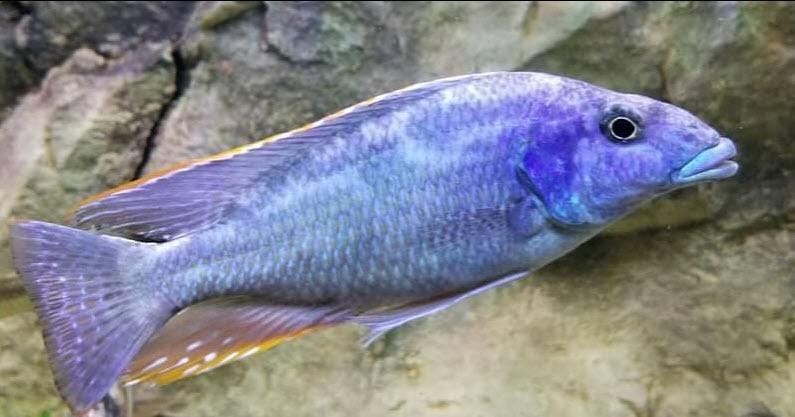
If ones tap water has little carbon dioxide in it it can come out of the tap a say 7.8 pH. Then as it absorbs atmospheric it can drop to 6.8 pH after a few days. Conversely if the tap water is high in carbon dioxide it can come out of the tap at 6.2 and then stabilize in the aquarium at 7.8 pH after a few days.
To give one some idea of the preponderance of these chemical species, oxygen is 21% of the atmosphere. Carbon dioxide is 410 ppm in the atmosphere or 0.041%. At 0.04% the concentration of carbon dioxide is 525 times less than oxygen in the atmosphere. But carbon dioxide species take up 2-3 ppm in pure water while oxygen in pure water will only be 8 ppm.
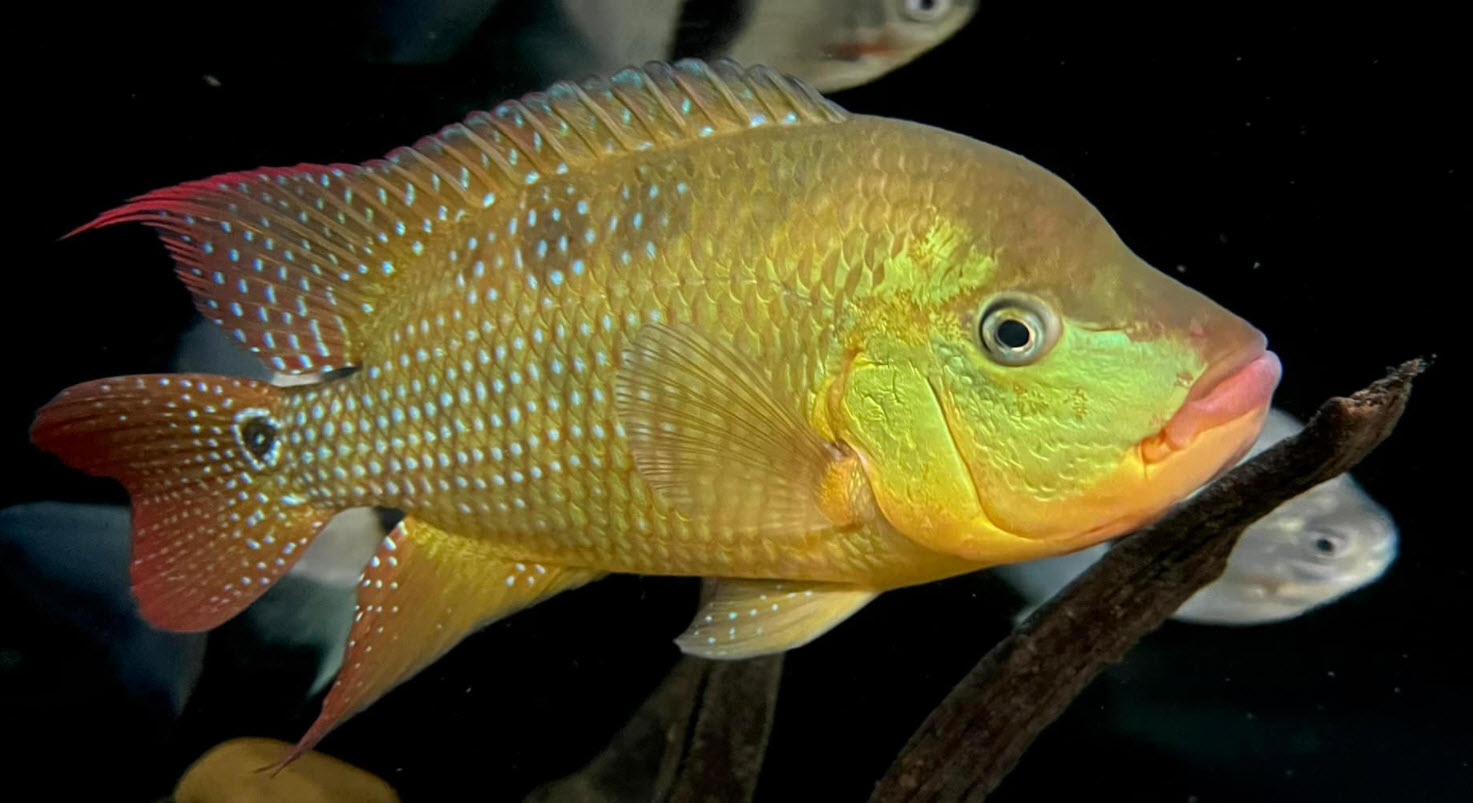
What allows CO₂ to be dissolved in water so much better than O₂ is because, on the CO₂ molecule, there is a slight negative charge on both the oxygen atoms and a slight positive charge to the carbon atom. This gives CO₂ something called a “quadrupole moment”, meaning the slightly positive hydrogen atom of water is slightly attracted to the two oxygen atoms of the CO₂ and the slightly negative atom of the oxygen in the water is very slightly attracted to two sides of the carbon atom of the CO₂.
So each CO₂ molecule is surrounded by four water molecules in a very weak association. Oxygen forms no such association and thus doesn’t dissolve as well as carbon dioxide.
Note that carbon dioxide, carbonate hardness (KH) and pH are interrelated in very convoluted and complex chemical pathways. This is the “Bermuda Triangle” of the aquarium chemistry. Go there and you may never come out. I’m a chemist and I don’t try to control this triangle. Just keep the pH between 6.5 and 8.5 and total dissolved solids above 60 and ignore the rest.
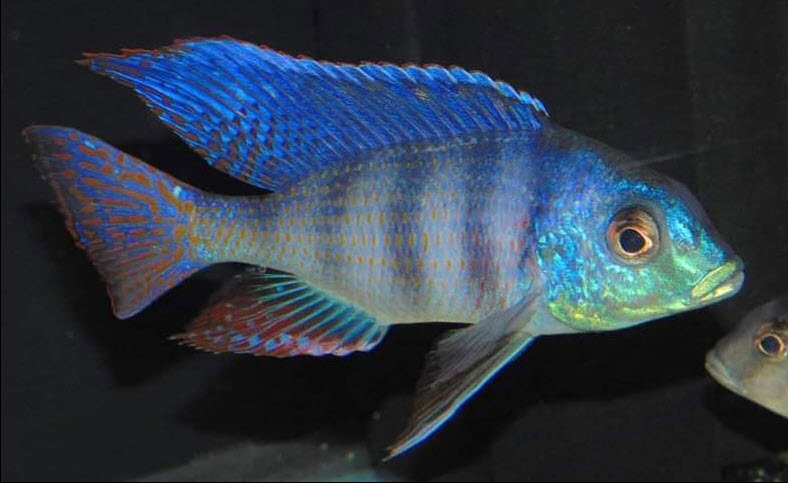
Carbon Dioxide in More Depth
If one wants to explore the Bermuda Triangle of Fishkeeping in a planted aquarium one can go to these links:
15.6 Carbon Dioxide in a Planted Aquarium
15.6.2. KH, pH, CO₂ relaties in een beplant aquarium
pH in meer detail
Voor diegenen die geïnteresseerd zijn in een meer diepgaande bespreking van pH, klik op de volgende links:
Link naar algemene discussie over pH:
Link naar een meer diepgaande discussie over pH en hoe onbelangrijk dit is in het aquarium:
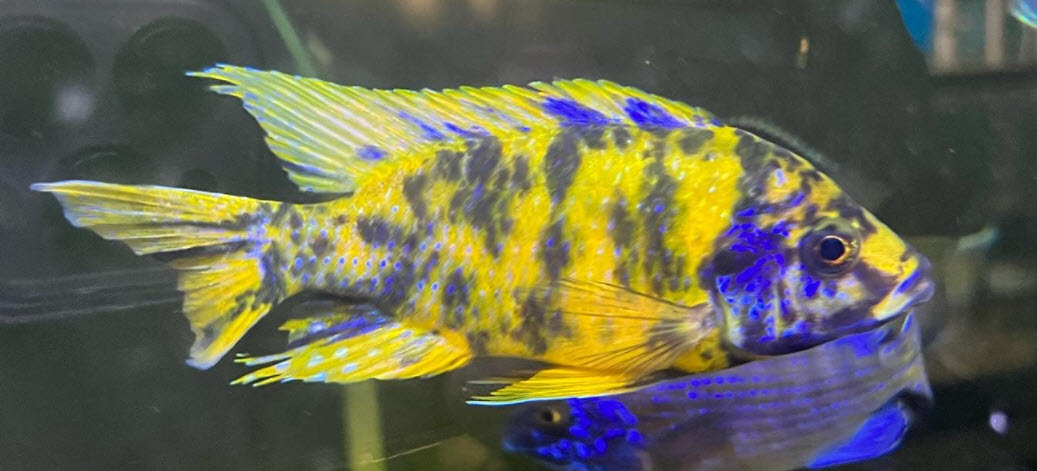
Een moeilijk te begrijpen onderdeel van pH is het concept van "buffering". Sommigen vinden het belangrijk om een aquarium te bufferen.
4.4.2. Het bufferen van het water
Er zijn situaties waarin men een pH hoger dan 8,5 heeft en men de pH moet verlagen. Deze link behandelt hoe u de pH van water veilig kunt verlagen
En soms heeft het water uit de kraan dat twee dagen heeft gestaan een pH van minder dan 6,5 of 7,0 en moet het worden verhoogd. Deze link behandelt hoe u de pH veilig kunt verhogen:
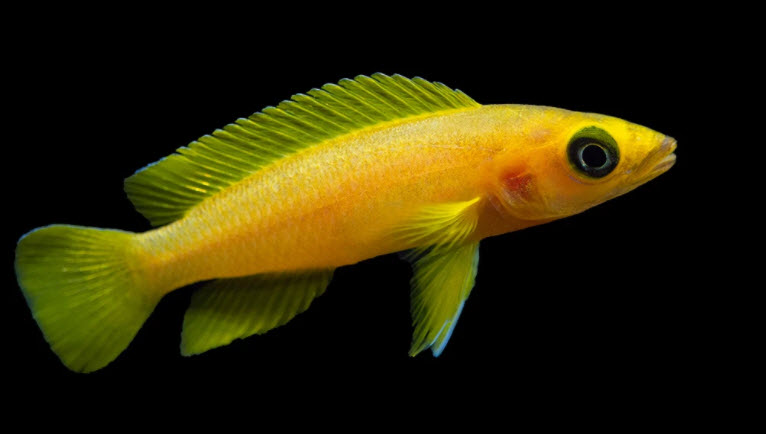
Veel mensen denken dat vissen die in een breed scala aan wateren zijn gekweekt, dus een breed scala aan wateren kunnen verdragen. Dit is gewoon een mythe.
En velen denken dat vissen in een zeer stabiele pH of temperatuur moeten worden gehouden en dat snelle veranderingen schadelijk zijn voor de vissen. Dit is weer een andere mythe.


